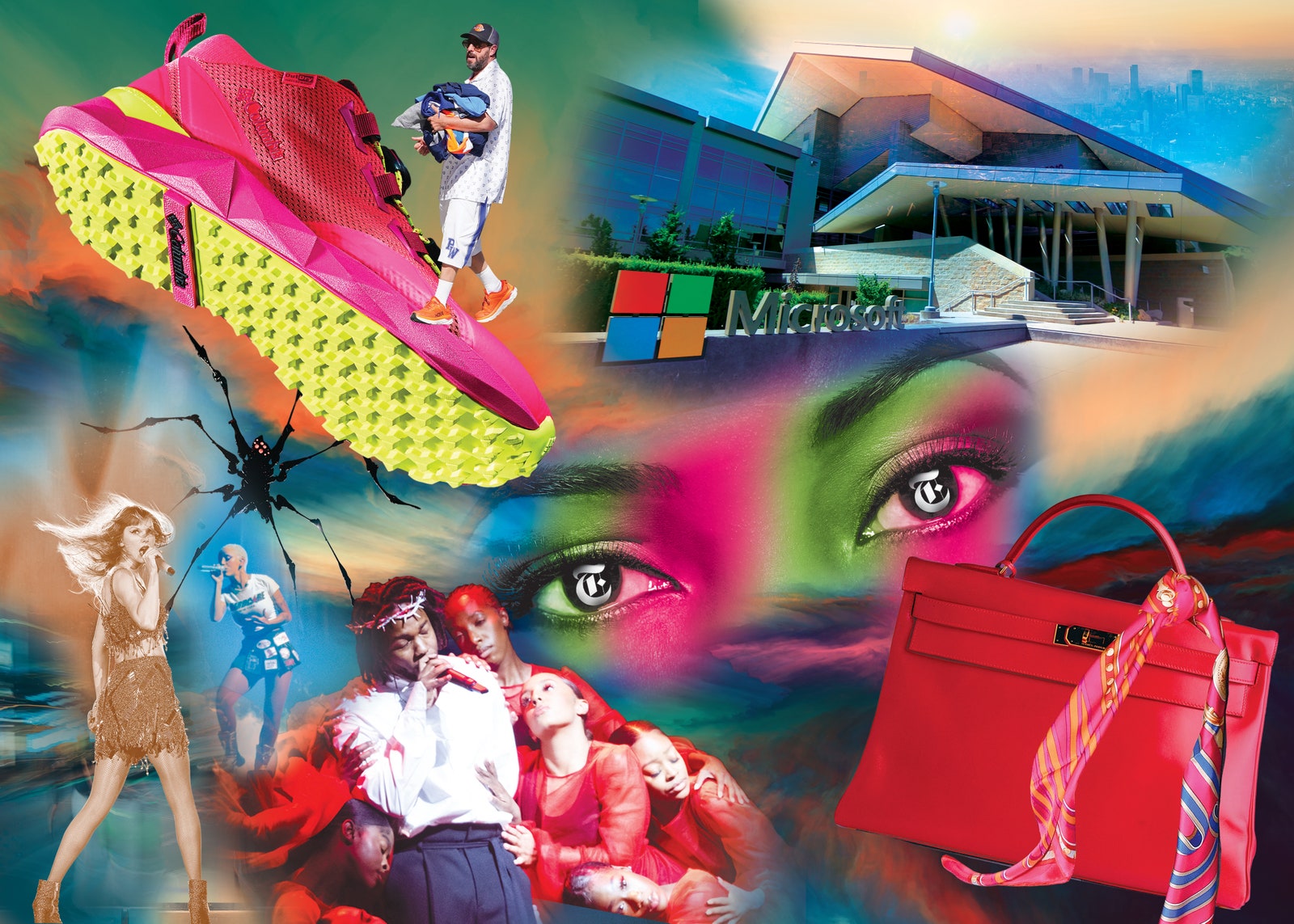This story was featured in The Must Read, a newsletter in which our editors recommend one can’t-miss GQ story every weekday. Sign up here to get it in your inbox.
This year, as part of GQ’s annual Global Creativity Awards, we’re looking beyond the ambitions and efforts of mere individuals and assessing a different kind of creative expression. We’re showcasing the companies around the world that are leveraging creativity in order to drive business and make the world a better place. What do we mean by creativity? Ingenuity. Innovation. Originality. Fearlessness. We took a look at businesses across a wide spectrum of industries that touch the lives of GQ readers, and then we talked to the executives, the designers, the engineers, and the creators who are spearheading new projects, or inventing fresh products, or quarterbacking bold initiatives that aim to solve big problems and upend tired conventions. At every turn, the conversations and the reporting reaffirmed a conviction that we know to be true: that creativity is the dominant cultural currency of our times.
Photo Illustrations by Keir Novesky; Photographs: see additional credits at the bottom of the page.
Microsoft
The enormous turnaround at Microsoft—today the world’s most valuable company—has been powered by shrewd investments in AI. But to hear Ashley Llorens, a managing director at Microsoft Research, tell it, the company is just getting started. Llorens oversees creative partnerships with outside researchers and is especially excited by a group called AI4Science at Microsoft. “Imagine large AI models that can speak the language of nature,” he says. Using AI to decipher those languages opens the door to discoveries galore—medicines, sustainable materials, you name it. “There’s a real chance,” he says, “that in a decade, when we look back, we’ll see AI for science as the real killer app for artificial intelligence.”
The New York Times Company
Imagination isn’t merely the watchword of startups. The venerable New York Times—172 years young—is rethinking its role in readers’ lives, and thus the pool of customers it can reach. “We think the Times should be the essential subscription for every curious English-speaking person around the world,” says chief product officer Alex Hardiman, explaining that the Times wants to build creative new “on-ramps”—things such as recipes; podcasts; games like Wordle, Connections, and the crosswords, which last year were played more than 8 billion times. It’s working. The Times now earns more than $2 billion a year from its 10 million subscribers.
Hermès
The most radical thing about Hermès is also the most old-school: Since its founding in 1837, each object—every saddle, Birkin bag, and silk scarf—has been made by hand. That means even celebrities and the über-wealthy often have to wait months for a handbag, and Hermès’s ability to keep its hero products just out of reach is driving outsize sales, even at a bumpy time for the once-invincible luxury market. Just look at its stock price: Hermès is trading at an all-time high and up nearly tenfold from a decade ago.
Silent House Group
A couple decades ago, Baz Halpin, a classical musician, went on tour for the first time. “That opened my eyes,” he says. Soon, he built Silent House Group to consolidate the creative chores a touring act must manage—choreography, set design, wardrobe, and so on. Now, in this golden age of the mega-concert, Silent House is staging some of the grandest events on earth, including tours by Harry Styles, Pink, and, yes, Taylor Swift. “Touring has gotten so intense and complicated that the risk of failure is much higher,” says Halpin. But when it works, it’s magic. “The live experience is one of the last bastions of human community.”
Hoka
The founders of Hoka—runners Nico Mermoud and Jean-Luc Diard—wanted a shoe that could tackle the rugged French Alps. This was 2009, when superminimalist footwear was hitting big. Hoka went the other direction, embracing an oversized midsole that was almost cartoonish. “There’s just something incredible in terms of how they feel,” says Erika Gabrielli, vice president of global marketing at Hoka. It’s “something that people feel the need to tell their friends and family about.” Now, in addition to winning over athletes (Hoka is the official shoe of Ironman Triathlons), the brand is hot with the fashion set—they’re doling out buzzy collabs with streetwear darlings Brain Dead and lining the shelves of boutiques like Nepenthes in New York and The Broken Arm in Paris. Oh, and they’re selling about a billion and a half dollars in shoes every year.

